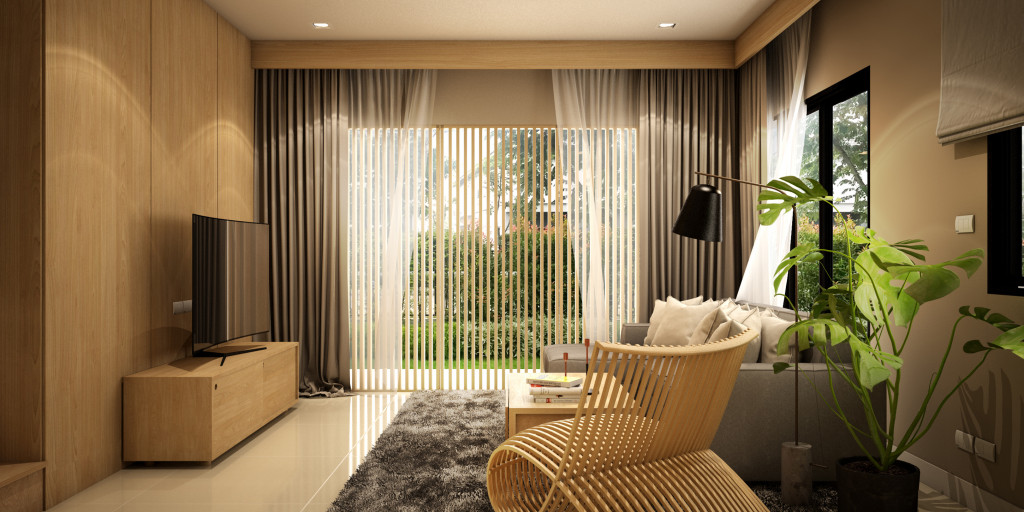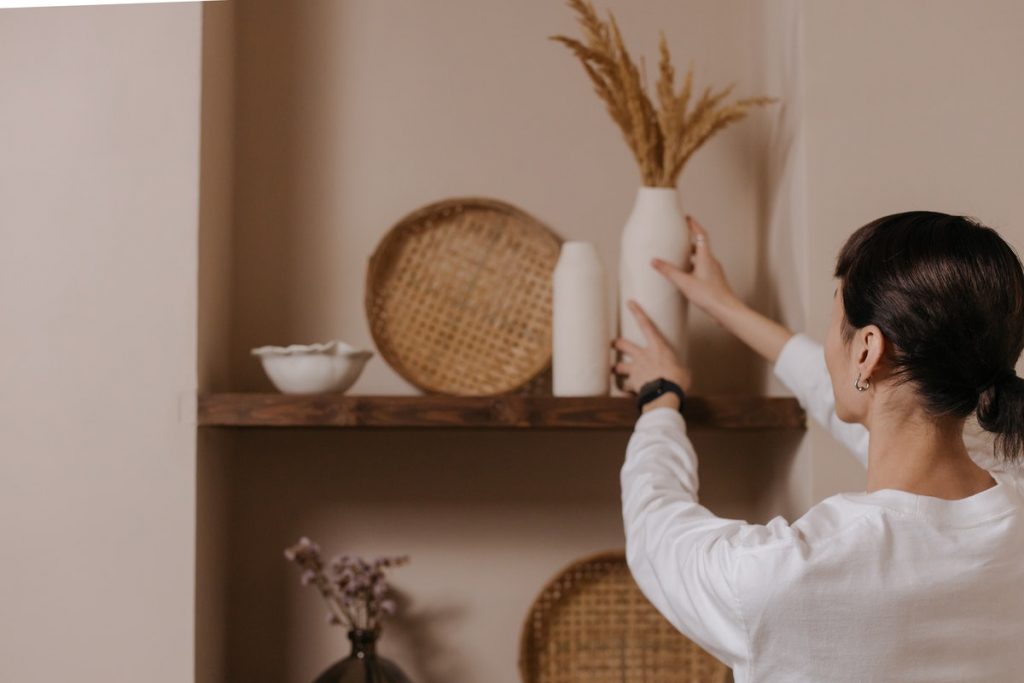We live in a world that blasts us with information overload anywhere we look. From the piles of work we need to do, the friendships we need to catch up with, and all the other responsibilities we have, we’re obviously over-stimulated. Sure, we have fun, but wouldn’t it be nice if, after such a busy day, we come home to a place that almost instantaneously winds us down? A personal space where we can relax, appreciate nature, and not be bombarded by visual and other sensory clutter — that is Japandi.
Japandi is an interior design that’s popular lately, and you’ll most likely see more of it this year too. It’s a combination of Japanese and Scandinavian (or Scandi) design that’s perfect for those who are already living a minimalist lifestyle but want to incorporate a bit more energy and life into their interior design. Here are the key factors that make Japandi what it is and why you should consider it.
A Marriage of Minimalism and Functionality
When people look to sell their property quickly, they often turn to renovations and interior designers to appeal to homebuyers. Many opt for the flashiest interior designs or the trendiest ones on the market. This usually means amping up the minimalism of their property just to come up with photos of a near-empty house to appeal to buyers.
However, not every home design is made for regular use or long-term living. Japandi is different as it efficiently combines the grace and cleanliness of minimalism with the functionality that’s required for homes. It focuses on things that are needed, even if it means having lots of drawers and storage spaces. Japandi doesn’t shy away from clutter- instead, it aims to organize that clutter through a small open space to still come up with a sense of organization.
The Sustainability Factor
Many items that are used in Japandi designs often call for natural materials to be used. To get the feeling of an organic and natural atmosphere, cookie-cutter and manufactured plastic designs won’t work. Bamboo or wooden designs are usually preferred in Japandi homes, as they both carry the natural appeal while still being sustainable.
Refurbished furniture is part and parcel of Japandi design- it’s simply hard to notice because they’re cleaned up to make them look new again. Sustainable materials like bamboo, rattan, or hemp also make an appearance alongside reclaimed metals to add a layer of shine to the design.
Wabi-sabi in Japan, Hygge in Scandinavia
Two of the most predominant concepts in Japandi is the combination of two highly cultural philosophies that form the core of their respective design beliefs. Japanese design has wabi-sabi, combining a neutral color palette with natural and organic design. It also teaches the appreciation for life’s imperfection, providing an interesting contrast to minimalism, as the imperfection and “noise” in material such as wood or metal are perfectly welcome and accepted.
In the Scandinavian side of things, hygge is the concept of finding coziness, warmth, or enjoyment in the simple or somewhat mundane side of things. Scandinavian design often features light colors with a sense of coziness and warmth to it. The combination of hygge and wabi-sabi form the concept behind Japandi, making comfort and homeliness central to its philosophy.
Support Craftsmanship That’s Built to Last

Both the Scandinavian and Japanese people value strong and enduring materials, often placing emphasis on furniture that is of good quality and built to last. This effectively removes the need to constantly purchase new furniture and creates a sense of permanence to Japandi design.
You’ll often find aged tables and metallic chairs in Japandi homes, using their stable yet cozy design to increase the functionality without sacrificing aesthetics. In line with the minimalist and sustainable philosophy embedded in Japanese and Scandinavian interior design, Japandi’s long-lasting furniture is an integral factor in its design.
Calming, Like Biophilic Design
Another aspect of the Japandi design is its calming character, showcased by its natural and artificial lighting, neutral color palette, and subtle display of life through plants. In terms of lighting, Scandi design aims more for intentional and direct artificial lighting solutions alongside the heavy utilization of natural lighting through large windows and even skylights at times.
To balance this, we incorporate the Japanese design’s deliberate use of the color black to bring the light and airy feel back to a more grounded and solid surrounding. Add to that a slight touch of greenery, like ferns or succulents, and the bluntness of the neutral colors are brought back to life.
If you’re looking to change your home design, give Japandi a try. It might just be the minimalist design that will work for you.





